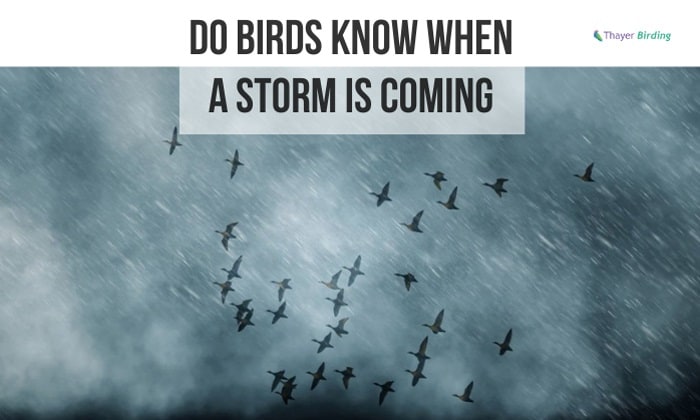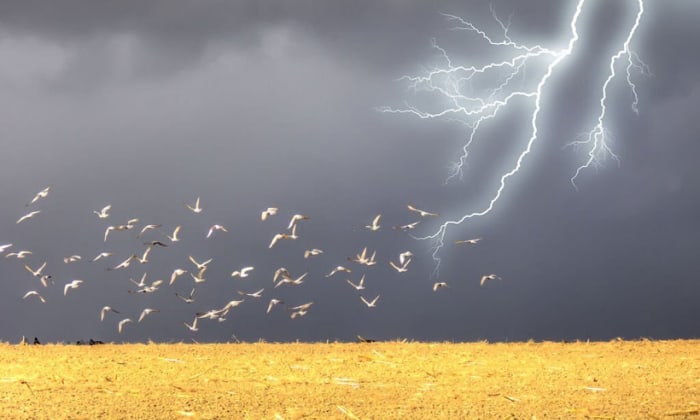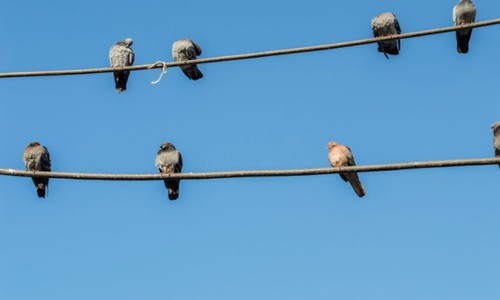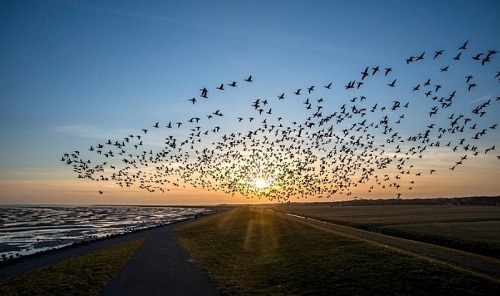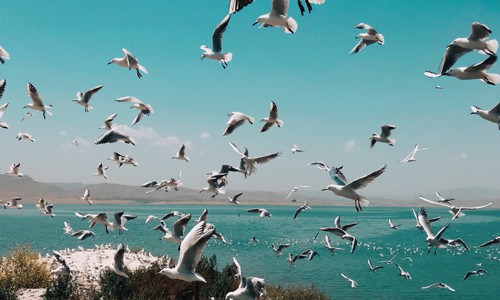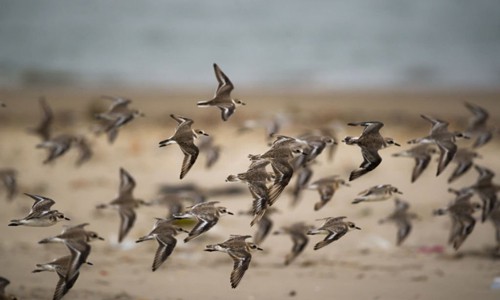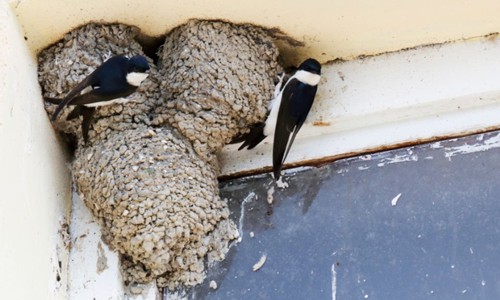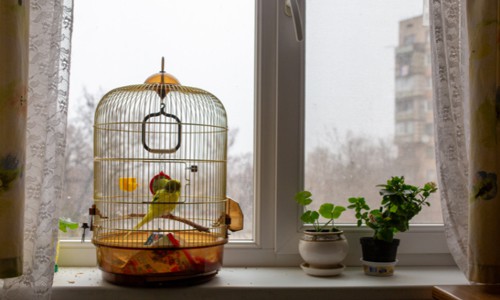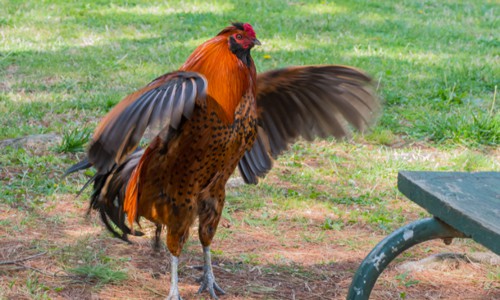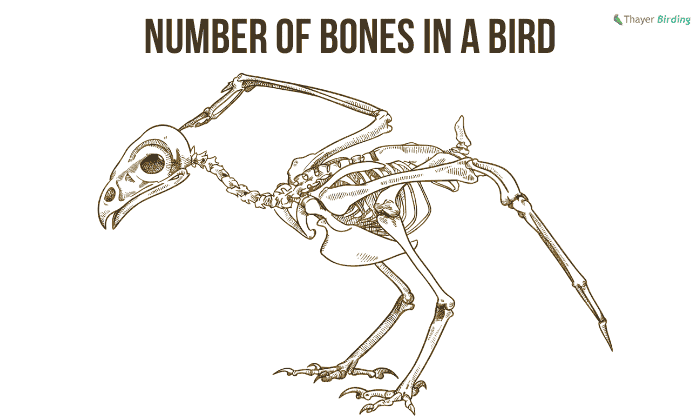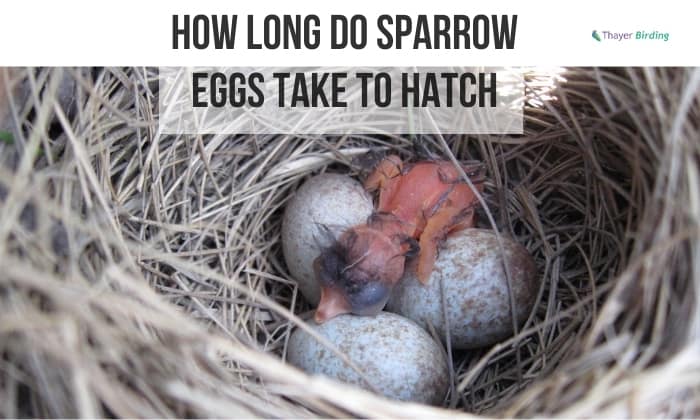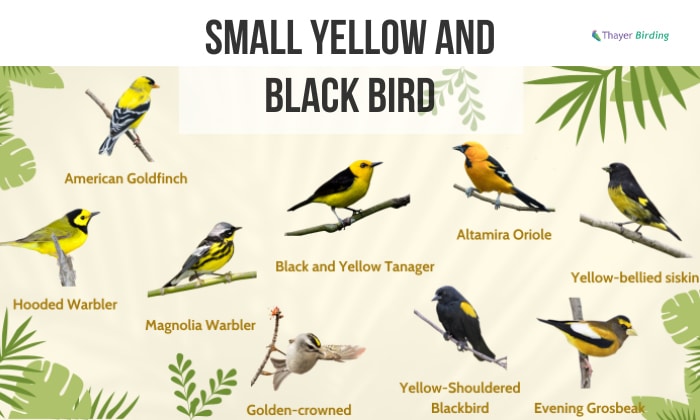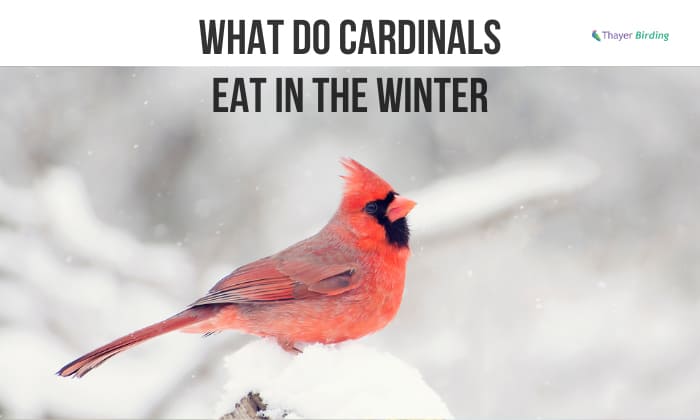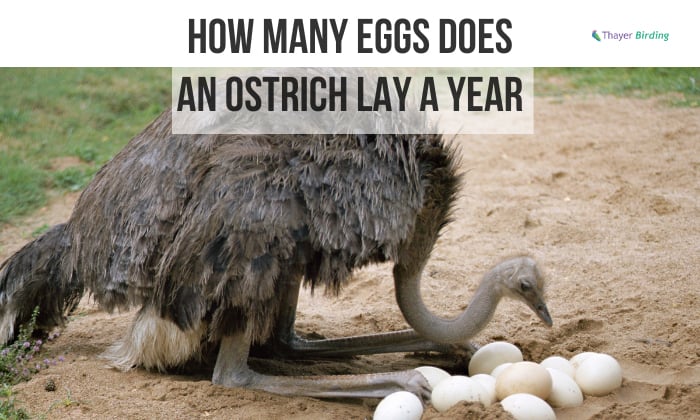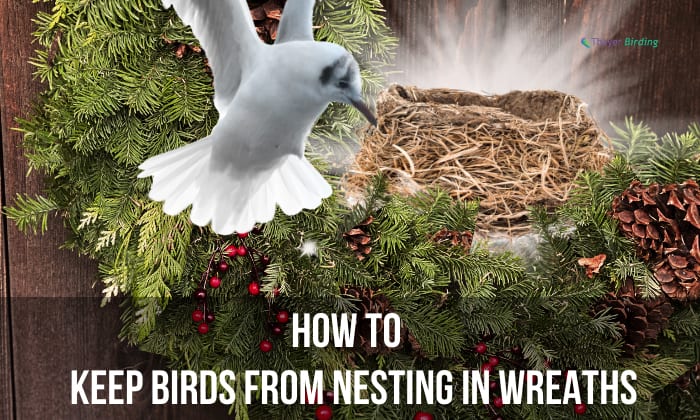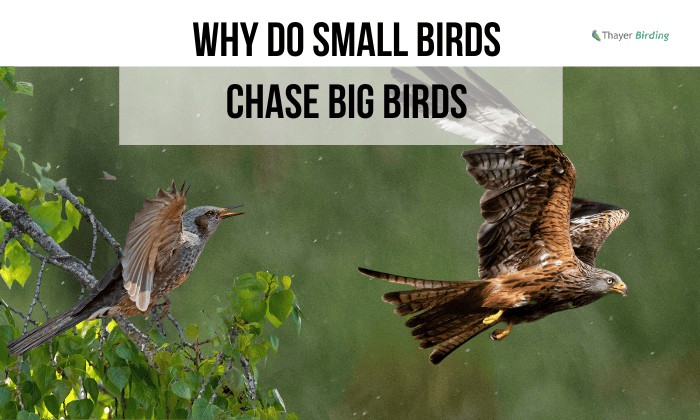A popular saying goes, “Hawks flying high means a clear sky. When they fly low, prepare for a blow.”
Do birds know when a storm is coming? Yes. Birds predict the coming of storms pretty accurately, more than just by lucky guesses. They have been reported to act strangely before harsh weather, including suddenly migrating, flocking, and going silent.
How can birds sense storms, and how do birds act before storm?
Table of Contents
How Do Birds Sense Upcoming Storms?
Though no hard data proves these hypotheses, researchers have three main theories for how birds sense upcoming storms.
- First, as necessary for all creatures living in the wild, birds are generally very sensitive to changes in wind patterns, humidity level and temperature.
This is a necessary survival skill: Birds and many other animals must be able to read and react to their environment quickly to survive the elements.
However, this is also why animals across the globe are showing extreme reactions to global warming, including changes in hibernation and migration patterns.
- The second and third theories for how birds sense storms further explain how they are so sensitive to the environment.
One theory states that birds can hear low-frequency sound waves (infrasound), that is, the very low rumbling of thunder. This gives them the warning that a storm is coming.
- And lastly, the final theory states that birds use their vitali organ, a small organ in their ears.
The organ acts as each bird’s internal barometer, allowing it to detect changes in atmospheric pressure and predict hurricanes.
8 Signs of Impending Storms: Behavior in Birds
Though birds have quirks, there are six observably stranger bird behavior before a storm.
1. Prolonged Perching
It’s not unusual to see birds perched on power lines.
Typically, birds only stay for a little while before flying away.
If you see birds balancing on power lines and wires for extended periods—especially if there are a lot of birds—this is a sign of a coming storm.
Scientists hypothesize that birds do so to stay high, have a good vantage point of their surroundings, and possibly deal with any queasiness they are experiencing from atmospheric pressure changes.
2. Evacuation Migration
Many birds have a set migration schedule and route they have followed for centuries.
Generally, migratory birds can be found in northern regions in the spring, summer, and early fall to breed. They then fly to the warmer south for the winter, where more food will be available.
However, birds have been observed to fly away abruptly before their regularly scheduled departure. The most famously cited example of this occurrence is the golden-winged warbler flock from Tennessee, observed in 2014.
As the researchers shared, the warblers suddenly flew off to Cuba (1,500 kilometers away!) in the middle of their nesting season, puzzling homeowners. While they were away, a big storm passed through their home.
Amazingly, as soon as the skies cleared, the warblers returned home to continue their nesting.
In another study in 2018, scientists from Delaware State University observed the same behavior in veeries, a thrush subspecies. In this case, the veeries ended their nesting season early and flew to the south to avoid the coming hurricane season.
This behavior has been coined by scientists as “evacuation migration.”
3. Flocking
“Flocking” is when typically “loner birds” are observed traveling together in groups.
Though they usually may prefer not to, these birds that predict weather understand that banding together in a group improves their chances of survival by providing extra bodies for protection, eyes to spot food and shelter, and minds to analyze the situation.
An example of a bird that exhibits this behavior is the frigatebird.
4. Seabirds Flying Inland
Seabirds such as gulls and terns spend nearly half their time in the water. They can easily land, take off from the water, and have a diet primarily composed of marine life.
Before storms hit, seagulls have been observed to come together in tight, circular flocks and fly low, just over the water.
Once seagulls start crowding on land, on the shore, it’s one of the signs of bad weather coming within the hour.
5. Flying Low
As the proverb at the beginning of this article stated, birds, particularly big ones, fly low before rain. This is because storms usually bring a drop in atmospheric pressure, resulting in lower air density.
This makes it difficult for birds to maintain high altitudes and causes them to fly low or seek shelter instead of burning precious calories to “climb” thin air.
6. Seeking Shelter
Anyone would seek shelter when faced with severe weather. Animals and birds are no different.
Birds run for safety, seeking refuge in tree holes, shrubs, sheds, and the sides of houses and buildings. They will also evacuate the skies and fields, staying clear of areas where flying debris can hit them.
7. Staying Quiet
Birds are pretty noisy animals, chirping and singing nearly all day long.
Avians are typically only quiet at night when they settle into sleep, but they have also been observed to fall very quiet and not chirp before a tornado.
If your yard, normally bursting with song, suddenly falls silent, it may be a sign that a storm is coming.
However, the belief continues that once birds begin singing again, it is a sign that better weather is approaching!
8. Restlessness
While most birds become eerily silent during a storm, some species express uneasiness by becoming noisier or performing odd, repetitive movements.
Chickens and roosters, in particular, are known for their agitated “storm predictor” behavior. Some of these anxious behaviors include
- Crowing more, even into the night
- Nervously fidgeting with stones and pebbles
- Hens rubbing dust over themselves
- Roosters clapping their wings
Conclusion
Do birds know when a storm is coming? Yes! We may not know exactly how they do it, but our feathered friends of the sky can surely sense hurricanes coming before we do.
The next time you see birds acting weird in your yard, check your weather app and see if the signs all point to the same thing.
If they don’t, it’s also a possibility the birds ate some fallen, fermented fruit on the ground and are slightly drunk!

George and I became friends after a birdwatching trip with our new group. And we have been enjoying every adventure together. When he told me the idea of establishing a site that shares our experiences and fun, I immediately agreed. After trials and errors, here we have Thayerbirding.


